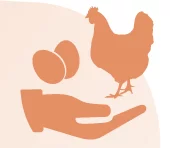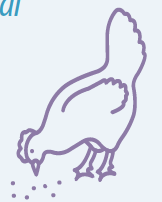
To read more content about aviNews International March 2022
To read more content about aviNews International March 2022
Contenido disponible en:
العربية (Arabic)
Modern layers are highly productive birds. Nowadays it is not uncommon for flocks to reach 100 weeks of age and still being productive. This demands a specific feeding regime to keep these layers healthy and enable them to lay good quality eggs.

This massive improvement is only possible if the environment of the laying hens is optimal, as the final performance is an interaction between the birds genetics and their environment. Genetic progress and longer production cycles have direct consequences for nutrition. In order to get the full genetic potential out of a flock, it is important to supply the right daily nutrients at the right time.

Figure 1. Improvement in the egg production and production length

This paper looks at the factors that should be taken into account when designing a feeding strategy to achieve the full genetic potential out of your birds.





Besides, as birds come into production in this period, nutrients are required for egg production as well.
Depending on the quality of rearing and the training of the feed intake capacity, feed intake is often limited between 18 and 25 weeks of age and might not cover the total nutritional requirement at that stage.
>>If this happens, hens will start to lose body weight and they will compensate for the negative balance by lowering their production performance during the entire production cycle.
>>For example, they will lower their